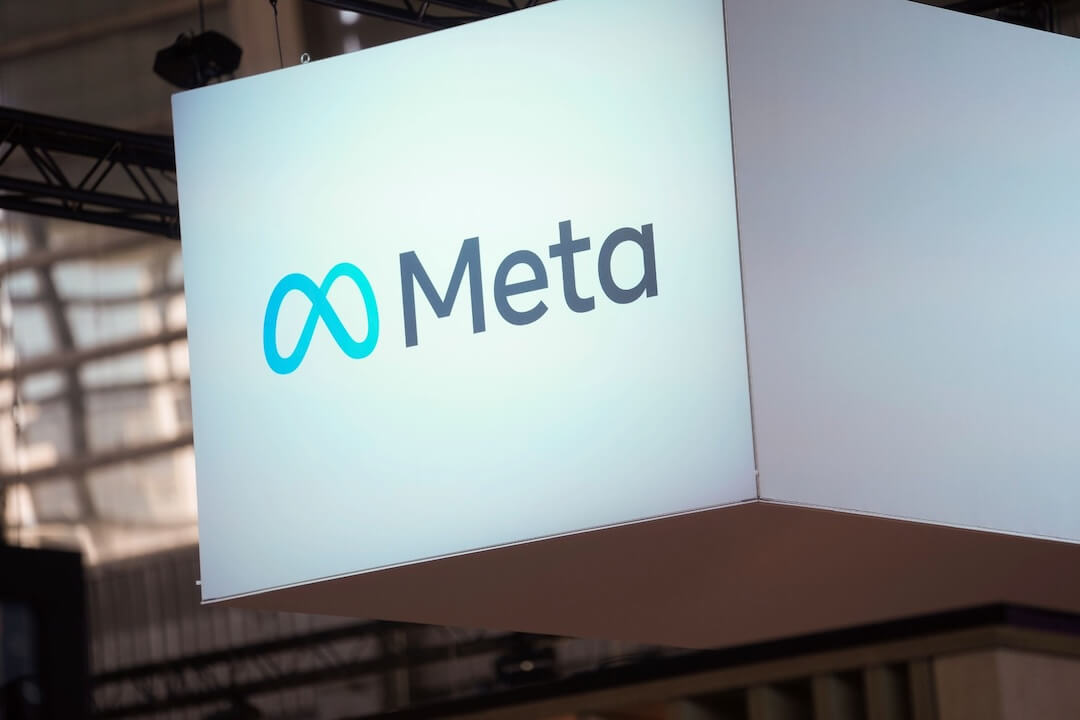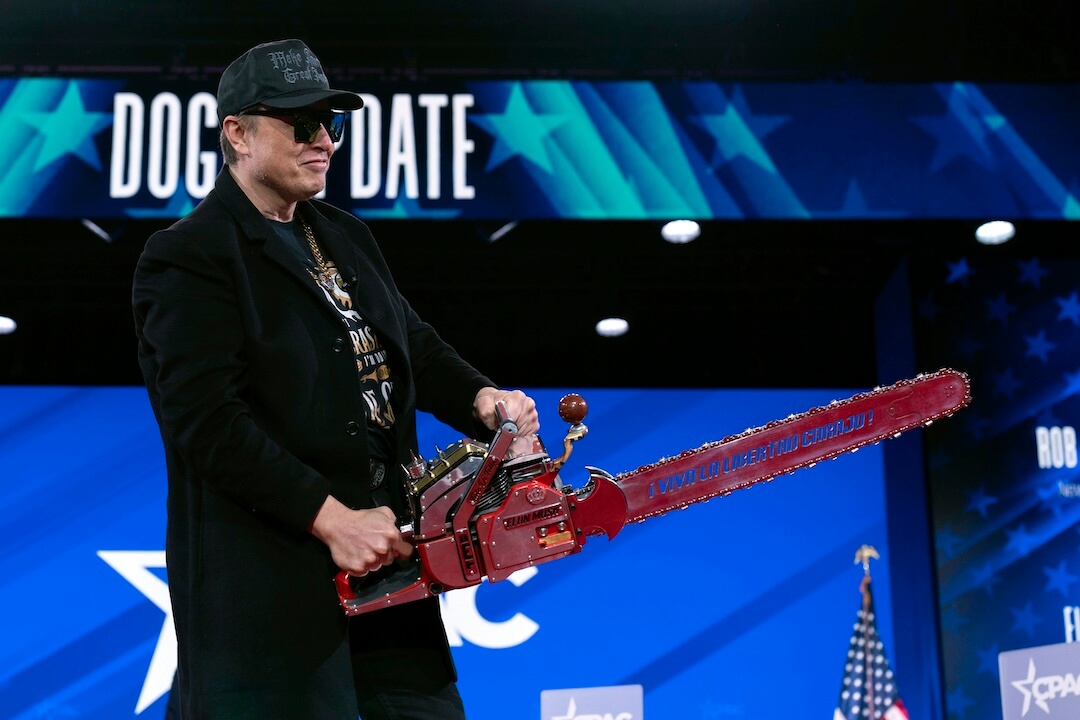The best thing I’ve read about the story sharing network Upworthy was written by Katy Waldman for Slate and was republished in my local newspaper, the Tampa Bay Times. I had been alerted earlier by colleagues to a now famous trademark of Upworthy’s approach to information sharing: its three-line headline style.
That style…
See Why We Have An Absolutely
Ridiculous Standard of Beauty In
Just 37 Seconds
…has been praised for being irresistibly attractive and attacked for being cynically exploitative. For the moment, I don’t have a dog in that fight.
My angle is on the writing front. I spent some time on Upworthy and paid special attention to the headlines to determine not just what the writers were trying to do, but how they were trying to do it. If you, dear reader, want to master this mini-genre, take a look at the recurring moves and strategies:
1. Be outraged by injustice. A high percentage of the headlines I read signify a story or video describing an injustice, or showing an inspiring challenge or remedy to that injustice. It is an old move in journalism to attract eyeballs by provoking outrage. (Recently on the local news was a video of a bus driver slapping an autistic boy.) In some cases people do what the writer considers the right thing. Or they do the wrong thing. The key is that the reader recognizes that the writer feels a sense of injustice and invites readers to feel the same way.
2. Be amazed or inspired. There is a kind of traditional news story that goes by the crude title, “Holy shit, Martha, take a look at this.” It describes that moment at breakfast when one member of the family reads something bizarre, funny, or off-beat, as a recent case in which a family cat saved a toddler from an attack by a neighbor’s dog. Earlier in the morning my wife Karen is usually checking her Facebook page when she will call out, “Roy, come here, you’ve got to see this.” That is the Facebook-sharing instinct that Upworthy is determined to provoke.
3. Build an engine. Author and teacher Tom French was the first to use the word “engine” to describe a fundamental motif that energizes a narrative. By definition, the engine is a question that can only be answered by reading the story. The classic engines are “who done it?” or “guilty or not guilty?” But there are smaller engines as well, as simple as “You do not want to miss this video,” which inspires reader curiosity. What is in this video that I do not want to miss?
4. Use numbers to suggest the reader is getting a lot of stuff in a little time. If you want to write for Upworthy, you need numbers, numbers, numbers. The numbers can be big or small, but they have to predict the reading experience. What you will learn in 37 seconds. The six questions that will reveal something shocking about new moms.
5. Don’t be afraid of classic attractors: sex, celebrity, miracle cures. This is not the cover of Cosmopolitan with its inevitable lists and teasers about the dozen reliable ways you can please your man in bed. But Upworthy, in spite of its loftier mission and purpose, recognizes the universal attraction of certain Pavlovian stimulants. If you can combine these elements: a celebrity who, since he began walking his dog along the beach, has improved his sex life: Bingo.
6. Play with language and don’t feel squeezed by the traditional boundaries of headlines. None of the traditional headline taboos seem to matter at Upworthy. At three lines, these heads are longer than the standard. They ask questions. They use the first person. They repeat words. The play with language beyond the traditional tabloid puns. Beneath the content of the story is the underlying message: we are dedicated and curious people who really care about the world and want to share its wonderful diversity with you.
7. Put odd and interesting things next to each other. Elsewhere I have noted how authors will take two elements that do not belong together and juxtapose them, creating a tension that generates interest and light. Everything from “Buffy the Vampire Slayer” to “The Glamour of Grammar.” Put the word Alaska in a headline about the Amazon. Put the word Doughnut in a story about the Homeless.
8. Tell the story in the headline. The three lines in an Upworthy head are often capable of explaining the narrative in a nutshell. That efficient use of language “tells” the reader what the story is about, then the video “shows” that story, fulfilling the promise of the headline.
What follows are 15 recent Upworthy headlines with my glosses underneath:
Most Of These People Do The Right Thing, But The Guys At The End? I Wish I Could Yell At Them.
Create an engine. Hint at outrage. Don’t be afraid to use the first person.
She Didn’t Think She Had A Problem With Gay People, But Anderson Cooper Cleared That Right Up
Use the name of a celebrity – either for good or for bad. Expose bias or hypocrisy.
This Is The Most Inspiring Yet Depressing Yet Hilarious Yet Horrifying Yet Heartwarming Grad Speech
Use pronouns provocatively. What is “this”? Never use one adjective when you can use four. Refer to a genre (a grad speech) that often creates interesting, outrageous, embarrassing, yet revealing effects.
When You Sexualize Men And Women Equally, It’s Amazing How Much Fun You Can Have
Sex sells. Amazing sells. Gender equality sells. Sex and Fun together sell.
WHOA: 4 Questions That Got 120 Rapists To Admit They Were Rapists
Lists work. Numbers work. “Rapists” is sensationalism, which is repeated. WHOA is demotic speech, the dialect of the common person. Holy shit, Martha, effect.
America Has A Dirty Little Secret, And This Congressman Just Exposed It
The word “secret” almost always works in a headline because readers turn it into an engine. What is the secret? “Dirty little” secret adds an outlaw element. We know that some Congressmen expose themselves, so those two words together feel like scandal. And what is IT?
A Man Slams Down A Bigoted Question So Hard He Brings Down The House
A little misdirection and double entendre helps. The first time I read this, I thought a man would ask another man an insensitive question, and that man would be slammed down by a witty or passionate rejoinder. But the man in question is a poet involved in a poetry “slam,” and he asked the question to himself as part of his routine. Just a hint of bait and switch.
A Dude Trying To Ban Abortions Is Asked A Question He Never Considered. It’s So Obvious It Hurts.
More speech of the common man by calling a politician “dude.” What is the question? We need to know.
Here’s What Happens When You Put A Few Little Kids In A Room With 2 Dolls In 2 Different Colors
Numbers seem to matter: a few little kids, a room, 2 dolls, 2 colors. We seem to like social experiments, candid camera exposes.
Matt Damon Asked A Cheery 13-Year-Old What She’ll Do With Her Free Time. Her Answer Gave Him Pause.
This may be the least successful. Story turned out to be much more interesting than the headline. Matt helped give access to clean water to a village in Haiti. The girl no longer has to hustle three hours a day for clean water. Her answer was “play.”
How about: Matt Damon learns life lesson from cheery Haitian girl who no longer must hustle for clean water. What she will do with her free time with surprise and touch you.
1/3 Of The Fish We Buy And Eat Is Not What It Says It Is
Hint of scandal and outrage here. Numbers count again. If it is not fish, then what can it be? I love a head in which all 14 words are one syllable.
You Won’t Guess How One Ingredient In Your Doughnuts Could Be Leaving Thousands Of People Homeless
This is an old trick: put two things together that don’t quite belong, and then suggest causality between them. One thing in your doughnut leaves thousands homeless.
It’s Twice The Size Of Alaska And Might Hold The Cure For Cancer. So Why Are We Destroying It?
The answer to the riddle may be obvious to some: the Amazon jungle. Even so, there is a second part of the riddle that is not so obvious, and serves as an engine: How does something that’s bigger than Alaska provide an opportunity for a miracle cure? And how do you destroy something that big?. Question upon question.
Why Is a City That Can Barely Keep Its Schools Open Giving Millions to A Mega Corporation?
Outrage, generated by the seeming exploitation of a vulnerable institution (the schools) by a powerful one (corporation). City government to blame. Always hate the bully.
Watch This On A Day When The Earth Feels Broken. It Proves We Can Find Beauty in Broken Things.
Emotional, poetic language. Healing wisdom. Repetition of word “broken,” but shifting of context from broken to beauty. Which things?









Comments